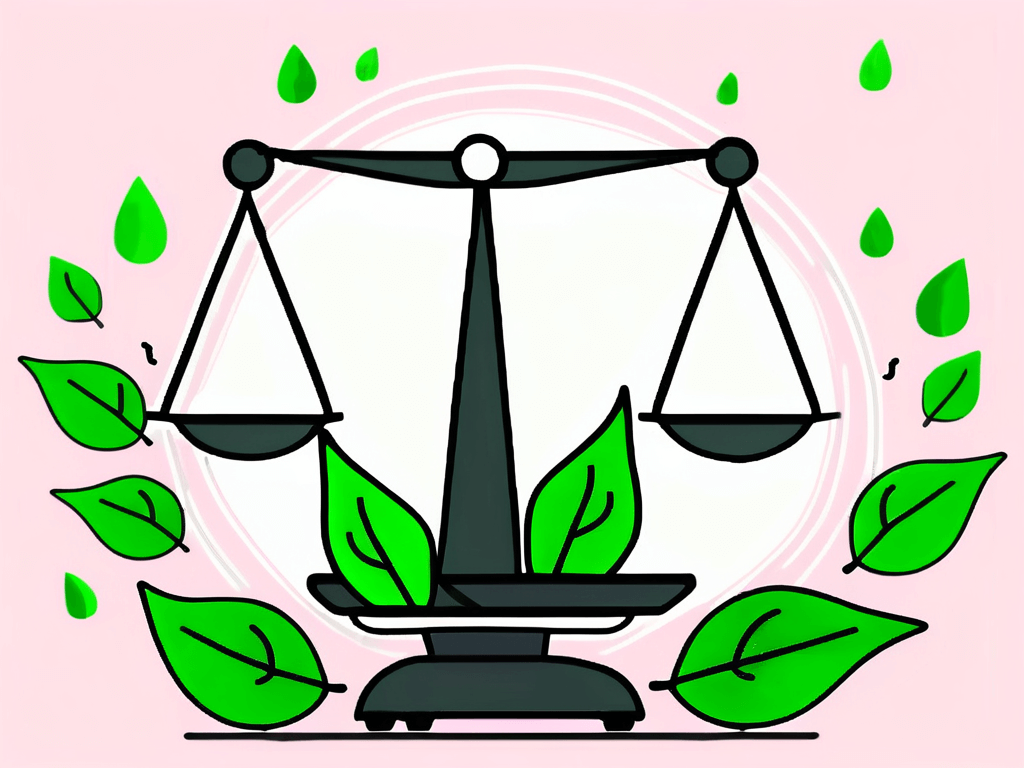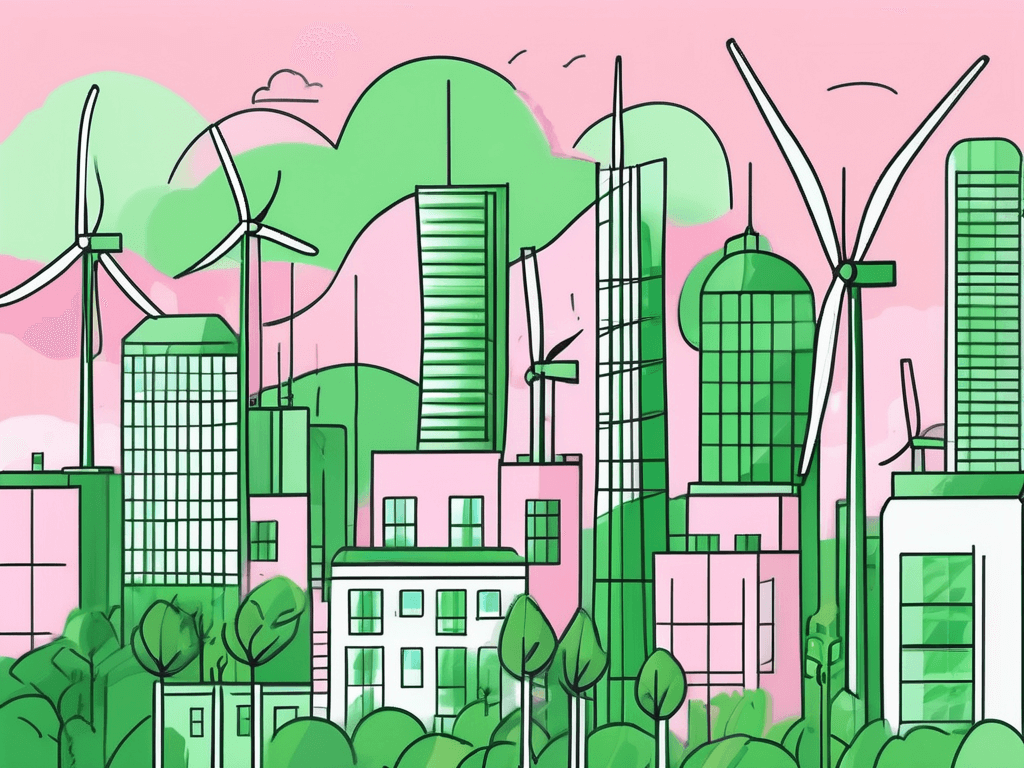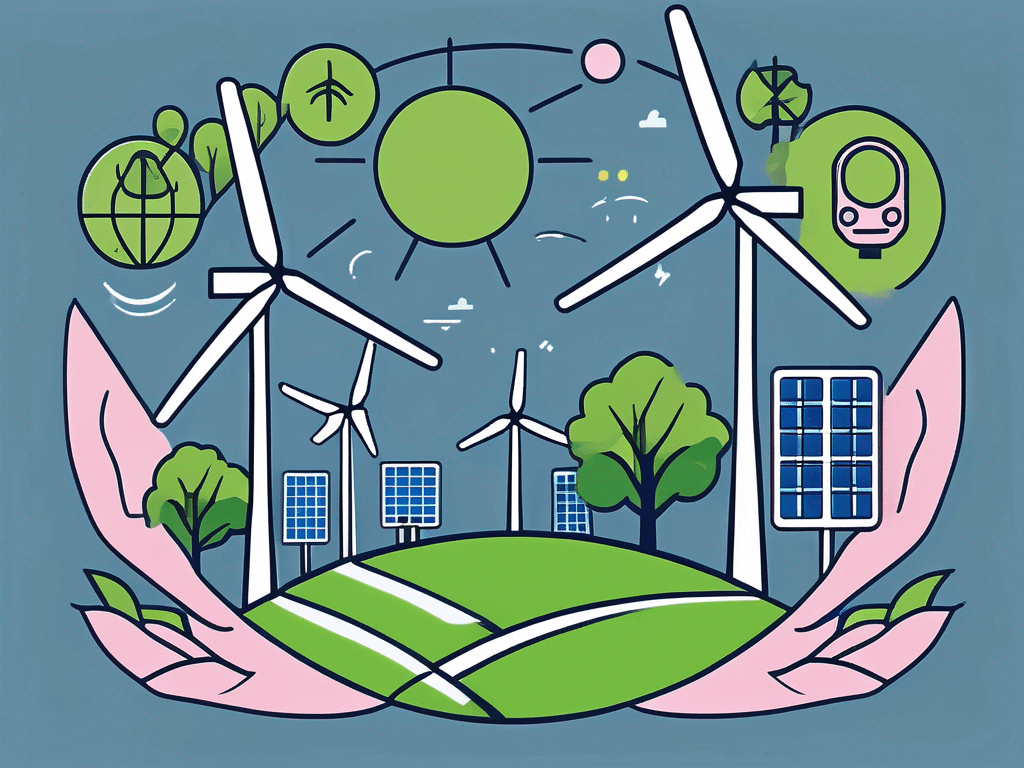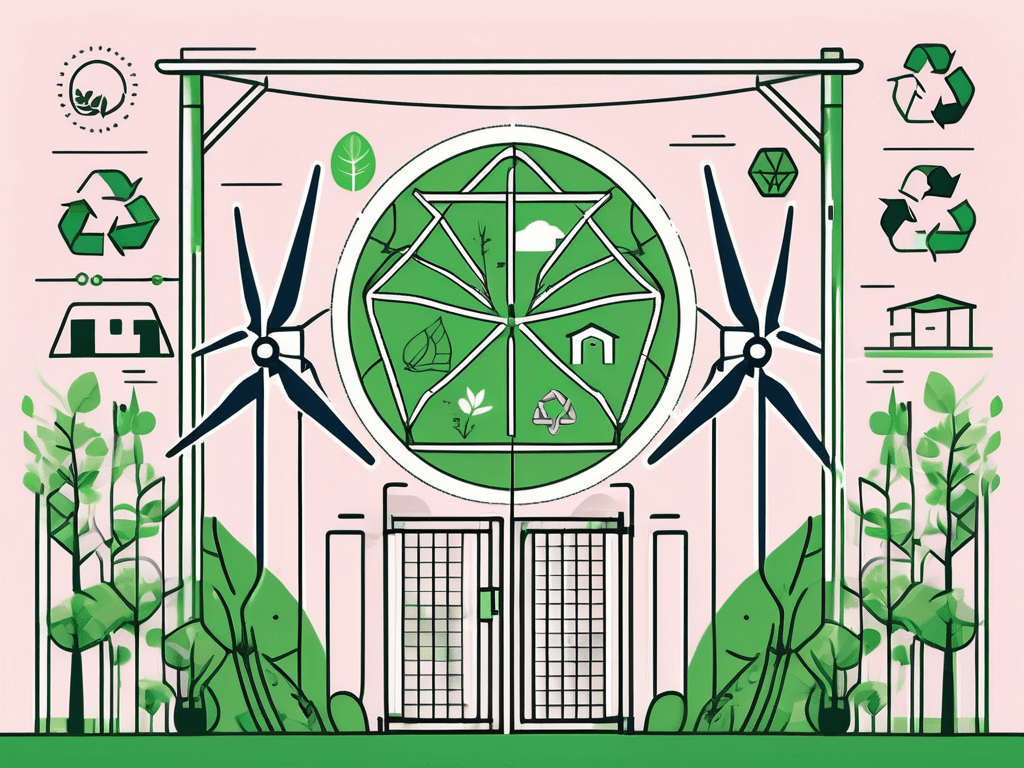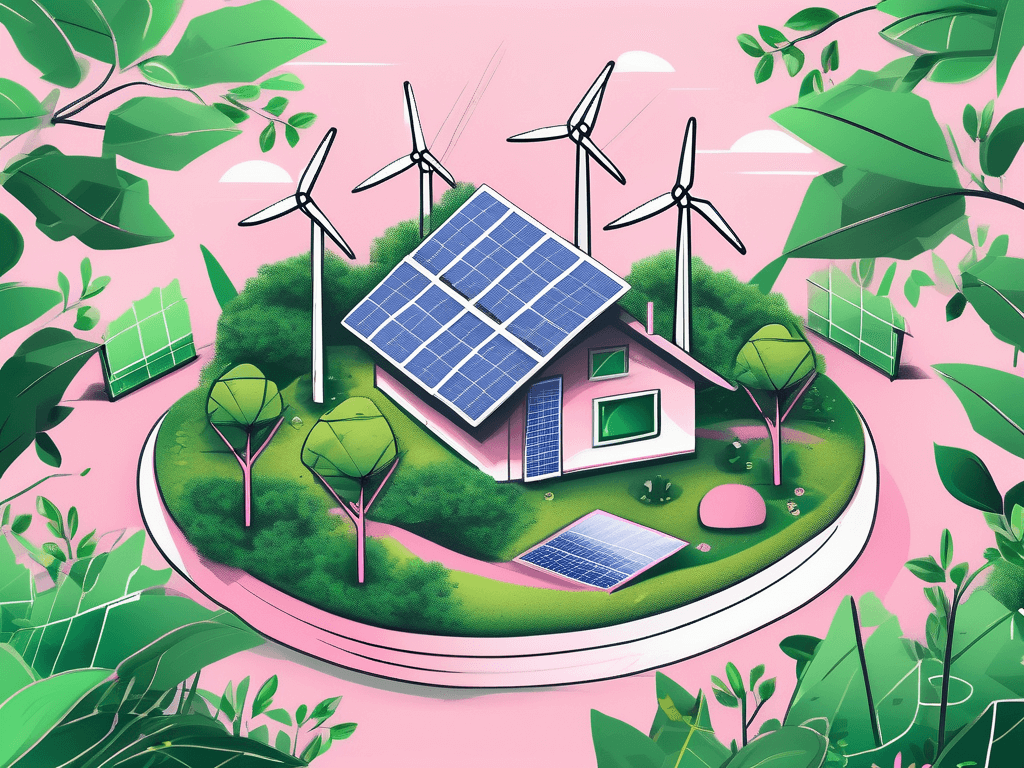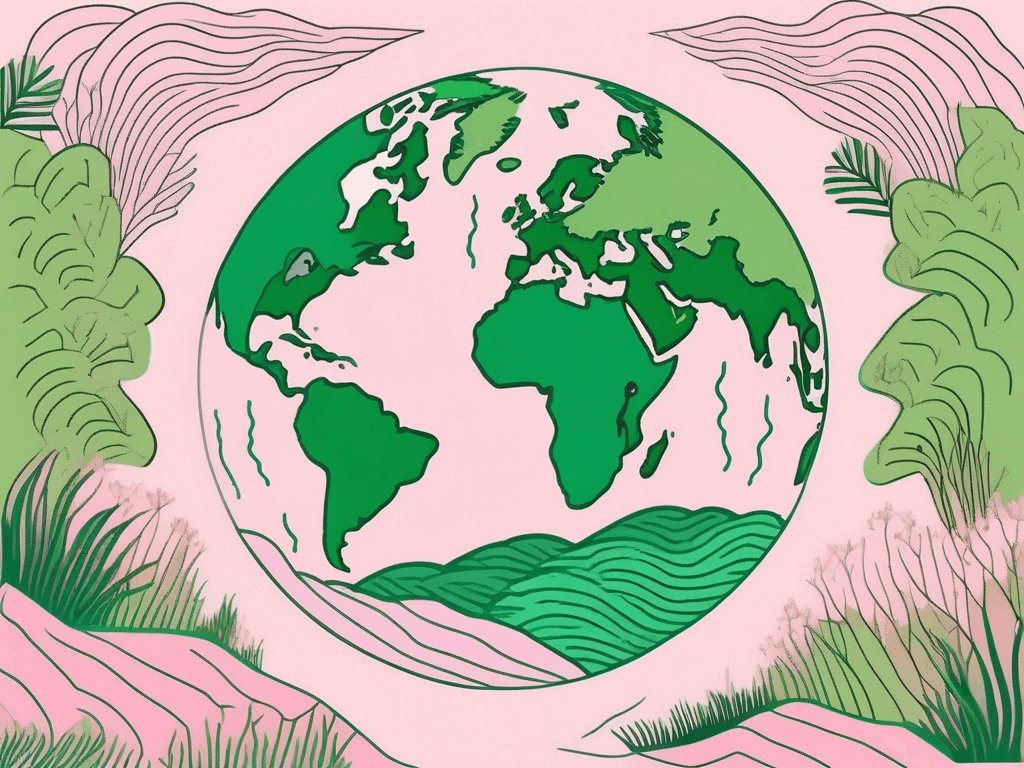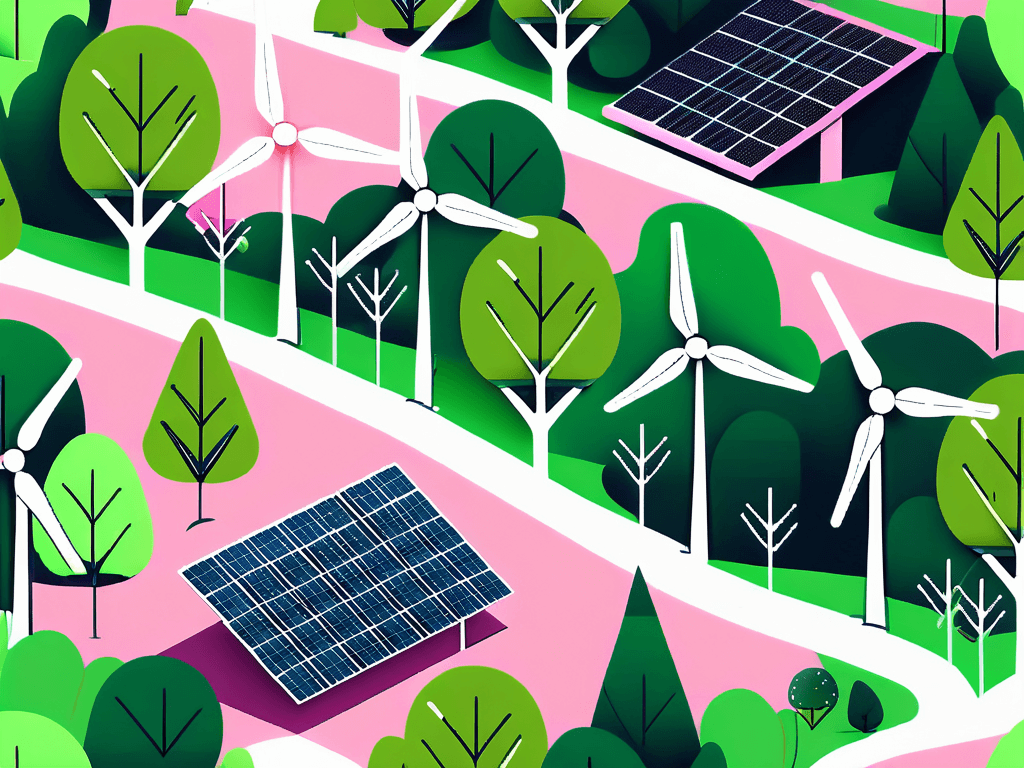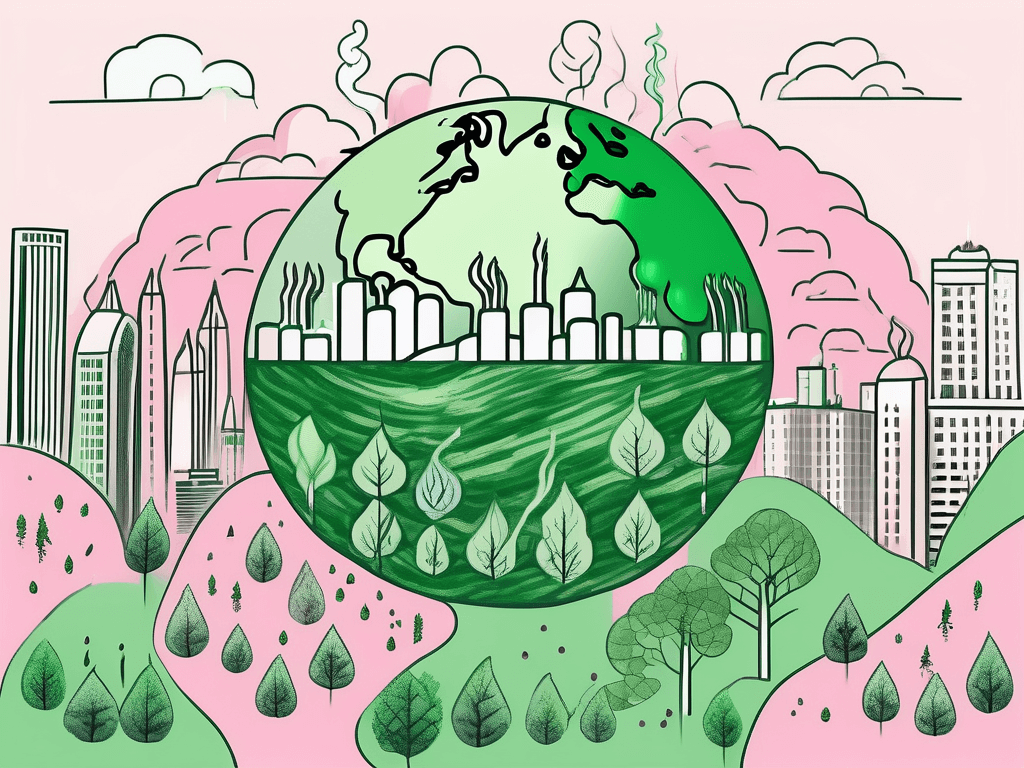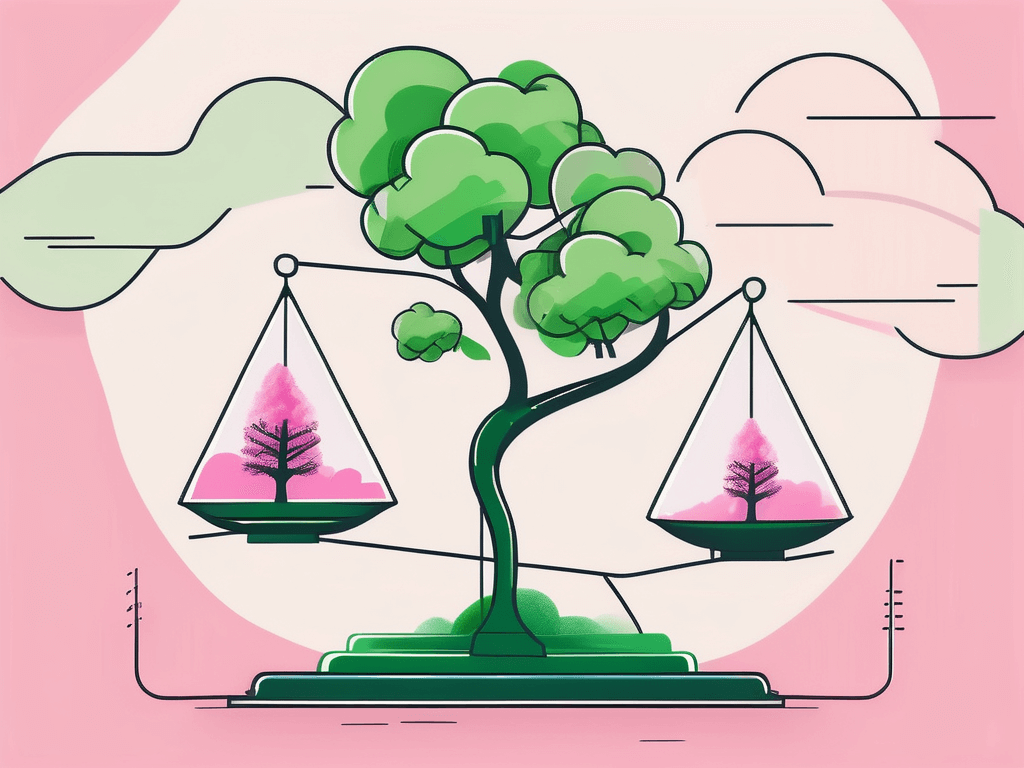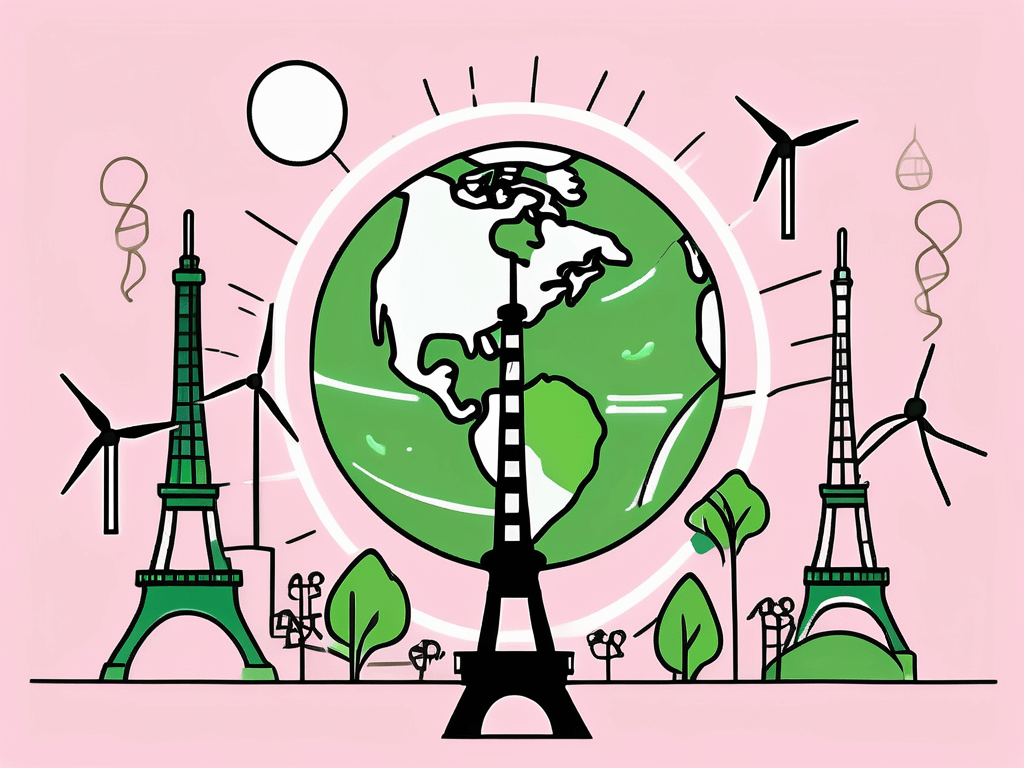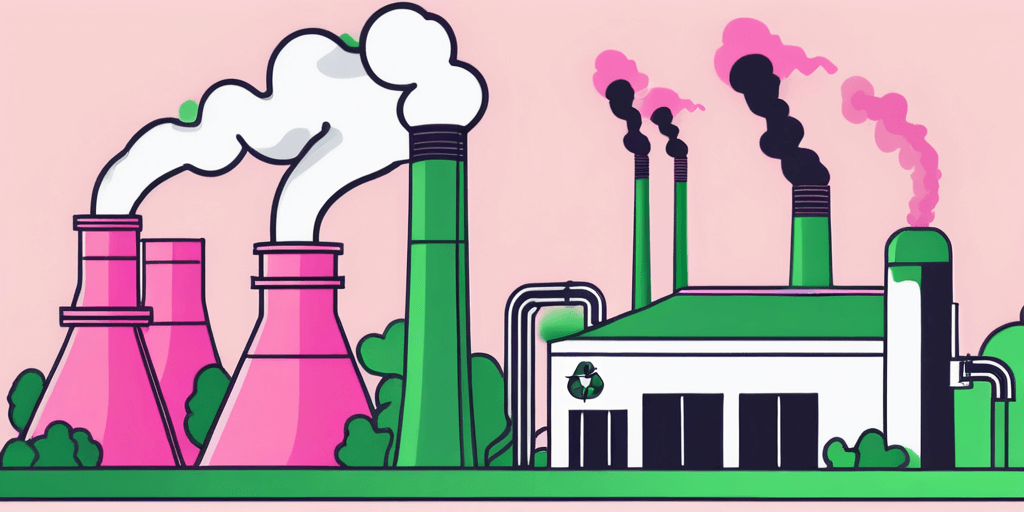-
Carbon budget
Learn more: Carbon budgetA Carbon Budget is the maximum amount of greenhouse gases (CO2e) that can be released into the atmosphere whilst limiting global warming to a specific target.
-
Carbon footprint
Learn more: Carbon footprintThe term ‘carbon footprint’ refers to the total amount of greenhouse gases that are emitted into the atmosphere as a result of human activity.
-
Carbon intensity
Learn more: Carbon intensityCarbon intensity is the amount of carbon (in the form of CO2 emissions) that is emitted per unit of energy consumed.
-
Carbon reduction
Learn more: Carbon reductionCarbon reduction involves strategies to decrease greenhouse gas emissions, mainly from fossil fuels, which drive climate change. Businesses contribute significantly but can reduce emissions through energy efficiency, sustainable transportation, and supply chain management. Benefits include cost savings, improved brand image, and regulatory compliance, supporting environmental and business sustainability.
-
Cradle to gate
Learn more: Cradle to gateCradle-to-gate refers to the assessment of a product’s environmental impact from the extraction of raw materials (the ‘cradle’) to its departure from the manufacturing facility (the ‘gate’).
-
Cradle to grave
Learn more: Cradle to graveCradle to Grave is a key principle of sustainability when considering the entire lifecycle of a product, from its creation to its disposal and how each stage impacts the environment.
-
Global warming
Learn more: Global warmingGlobal warming refers to the long-term rise in the average temperature of the Earth’s climate system.
-
Greenhouse gases
Learn more: Greenhouse gasesGreenhouse gases (GHGs) are crucial in shaping our planet’s climate. Their effects are pervasive and complex, impacting ecosystems and human activities alike.
-
Greenhushing
Learn more: GreenhushingGreenhushing, is where businesses understate or deliberately keep quiet about their environmental efforts.
-
Greenwashing
Learn more: GreenwashingGreenwashing is a term that emerged in the 1980s, coined by environmentalist Jay Westerveld. It refers…
-
Intergovernmental Panel on Climate Change
Learn more: Intergovernmental Panel on Climate ChangeThe Intergovernmental Panel on Climate Change (IPCC) is an international body that provides analysis of scientific information about climate change.
-
Kyoto Protocol
Learn more: Kyoto ProtocolThe Kyoto Protocol is an international treaty that was adopted in Kyoto, Japan, in December 1997….
-
Offsetting
Learn more: OffsettingOffsetting is a method used by businesses and individuals to compensate for their carbon emissions by funding an equivalent carbon dioxide saving elsewhere.
-
Paris Agreement
Learn more: Paris AgreementThe Paris Agreement is a landmark international accord that was adopted by nearly every nation in…
-
Scope 1 emissions
Learn more: Scope 1 emissionsScope 1 emissions refer to all direct emissions from the activities of an organisation or under…
-
Scope 2 emissions
Learn more: Scope 2 emissionsScope 2 emissions refer to the greenhouse gases released into the atmosphere due to the generation…
-
Scope 3 emissions
Learn more: Scope 3 emissionsScope 3 emissions refer to all indirect emissions that occur in a company’s value chain. These emissions are a result of activities from assets not owned or controlled by the reporting company.
-
Waste electrical and electronic equipment (WEEE) directive
Learn more: Waste electrical and electronic equipment (WEEE) directiveOne of the most important pieces of legislation is the Waste Electrical and Electronic Equipment (WEEE)…
-
Wind power
Learn more: Wind powerWind power uses air flow through wind turbines to mechanically power generators for electricity. It’s a…

